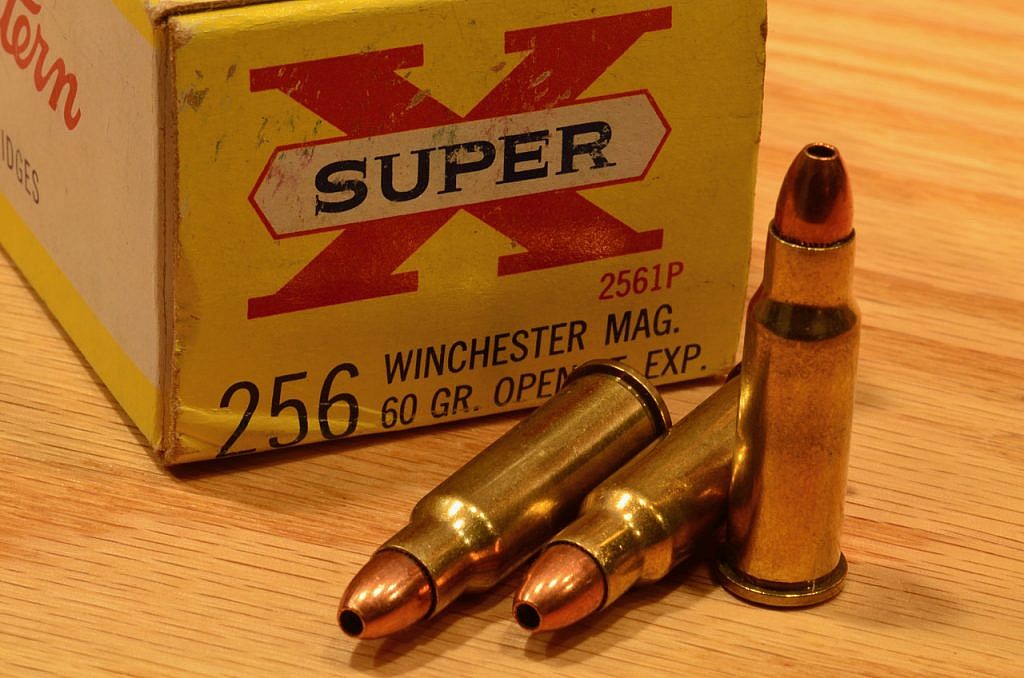
by Terry Wieland
Every time I write about finally acquiring something I first desired a half-century ago, I get letters. Letters from sympathizers, letters from people trying to sell me another one, letters from (a few) asking for first refusal if I ever decide to part with my prize. And, the odd one from someone telling me I’m an idiot.
The last are usually guys who chased the same will o’ the wisp, paid big money, and quickly realized the error of their ways.
A decade or more ago, I finally got the chance to own a Marlin Model 62 Levermatic, the short-lived lever action from the early 1960s. The design was derived from a strange shotgun patent — the shotgun was never made — that proved ideal in a small-caliber rifle. The Levermatic’s claim to fame is that the lever throw is very short — little more than flexing one’s fingers while holding onto the grip, as opposed to a standard lever like the Marlin 336 that requires a stroke near 90 degrees.
Marlin used the design first in the Model 56, a .22 Long Rifle with a clip; then in the Model 57 (same thing but with a tubular magazine), then the 57M (.22 WRM) and finally the centerfire 62. Originally, the 62 was to be produced in two new cartridges, the .22 Jet and .256 Winchester Magnum, both based on the .357 Magnum case necked down. At least one Jet was made, because it was sent out to — and reported on by — at least one writer. But it was never put into production.

The .256 became the standard chambering. The only other gun it was used in was Ruger’s Hawkeye single-shot handgun, which looked like a revolver but, instead of a cylinder, had a swinging breechblock. It also had a muzzleblast that must be experienced to be believed. Neither the Marlin 62 nor the Hawkeye took the world by storm. Altogether, only 8,000 Marlins were made, and 3,300 Rugers, for a grand total of 11,300 firearms.
Obviously, this was not going to sell much ammunition. Winchester-Western discontinued production in the early 1990s, and I believe the last run of brass was a few years later.
By the time I acquired my Marlin 62, shooting it was strictly a handloading proposition; brass was unavailable, and necking down .357 brass involves more — quite a bit more — than simply running a case into a sizing die. I won’t go on about that, but take my word for it: You need to really want to shoot your rifle, and you need to be really really interested in handloading.
Not to mention the dearth of suitable bullets for the little beast. Because of magazine dimensions and case capacity, you are limited to a 60-grain bullet (ideally) or maximum of 75 grains. Hornady makes a 60-grain flatnose that is perfect. In fact, it’s really the only option given the above limitations. If you go to a heavier, and hence slower, bullet, the rifling is not fast enough to stabilize it. Marlin managed to build enough problems into this one rifle to serve as an example for an entire course on ballistics and rifle design.

And, I can hear you wondering, exactly what is it good for? To be honest, not much. Since its inception, various writers, including myself, have decried it as an opportunity missed, and wondered why a neat, modern bolt action like the Ruger 77/357 is not chambered for it. Better still would be a nicely made single-shot, like an English rook rifle, strong enough to take higher pressures.
It is not, however, that simple. Mention the .256 Winchester to anyone in the business and they will either roll their eyes and back away, or simply call you insane.
Still, believe it or not, there is a coterie of .256 Winchester devotees out there, armed with Marlin Model 62s and prepared to defend its virtues to the death. One, I remember, insisted it was the perfect pronghorn rifle, provided you like stalking in close. Another used it for possums in the garden. For my part, I like taking it out and shooting it almost as much as I like cracking open a 1964 Marlin catalogue and feeling the rush of adrenalin that I got then, and I still get, even knowing what I now know.
To quote Clyde Barrow, “Ain’t life grand?”
______________________________________________________________________________
To call Gray’s shooting editor incorrigible is to understate the case by several degrees. Incidentally, he also has a Marlin Model 57 and a 57M, and loves ‘em.
